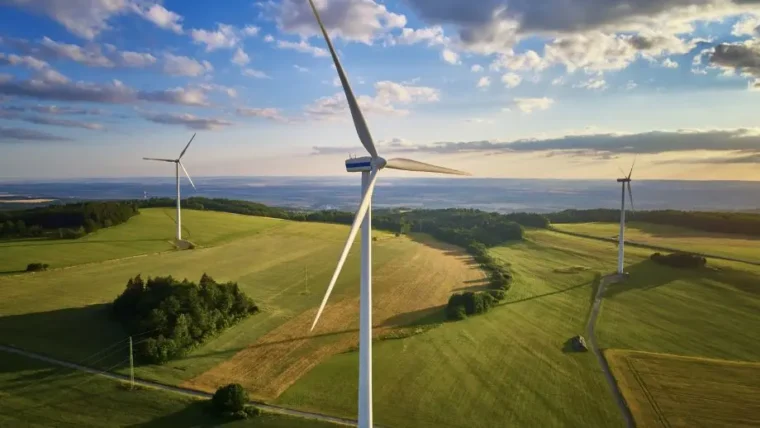Streamlined Energy and Carbon Reporting Framework: What is it and how does it apply?
13 February 2019
What is the Streamlined Energy and Carbon Reporting (SECR) framework?
In November of 2018, the UK Government introduced the Streamlined Energy and Carbon Reporting (SECR) framework. The purpose of the framework is to replace the CRC Energy Efficiency Scheme, increase energy efficiency among organisations and update the reporting process for energy and carbon emissions.
The SECR Framework will apply to all unquoted[i] organisations that meet 2 of the following qualifying conditions:
- Employ at least 250 people;
- Have an annual turnover of £36 million or more; and/or
- Have a balance sheet of £18 million or more.
The framework requires that all qualifying organisations report the subsequent information in its annual directors’ report:
- Combustion of gas;
- Consumption of fuel for transport; and
- Purchase of electricity (including transport).
This information must be reported in figures of CO2e (carbon dioxide emissions) as well as kWh (kilo-watt hours). The SECR Framework also requires organisations to detail any measures taken to increase energy efficiency on-site, such as switching fluorescent light-bulbs for LED and/or the installation of solar panels.
The framework will come into effect on April 1st, 2019 under the Companies (Directors’ Report) and Limited Liability Partnerships (Energy and Carbon Report) Regulations. This means that any qualifying organisations that publish annual reports in May will need to include the aforementioned data in its May 2019 directors’ report.
Why ESOS & SECR?
To many, SECR Framework is comparable to ESOS (Energy Savings Opportunity Scheme). This begs the question, ‘Why has the Government introduced new legislation that is similar to existing legislation?’
Currently, it is not a requirement of SECR Framework or ESOS to implement any energy efficiency measures. The SECR Framework only necessitates that an organisation report on measures taken, not that any have to have been taken. Similarly, ESOS only requires that energy savings opportunities be identified and recommended. It is then at the discretion of the organisation to implement any of the energy saving measures. However, this provision could potentially change and become mandatory.
In this instance, it would be a legal requirement for energy efficiency measures identified in an organisation’s ESOS report to be implemented in some form. It is then assumed the duty of the annual reporting under the SECR Framework would be to provide a ‘progress update’ against energy efficiency measures identified in the ESOS report.
Alternatively, there is the possibility that the SECR Framework could replace ESOS altogether.
How does it work?
If your organisation has not had to previously record energy data to comply with legislation, it would be beneficial to consider implementing continuous energy monitoring on-site. This will assist in:
- Reporting under the SECR Framework;
- The organisation’s understanding of where and how energy is being used on-site; and
- Provide baseline data for implementing energy saving projects and processes.
As highlighted in our blog on energy monitoring and our news article on ESOS Phase 2, there are multiple software applications that can provide continuous, real-time energy monitoring.
[i] Quoted companies have been required to report on carbon performance since 2013.









